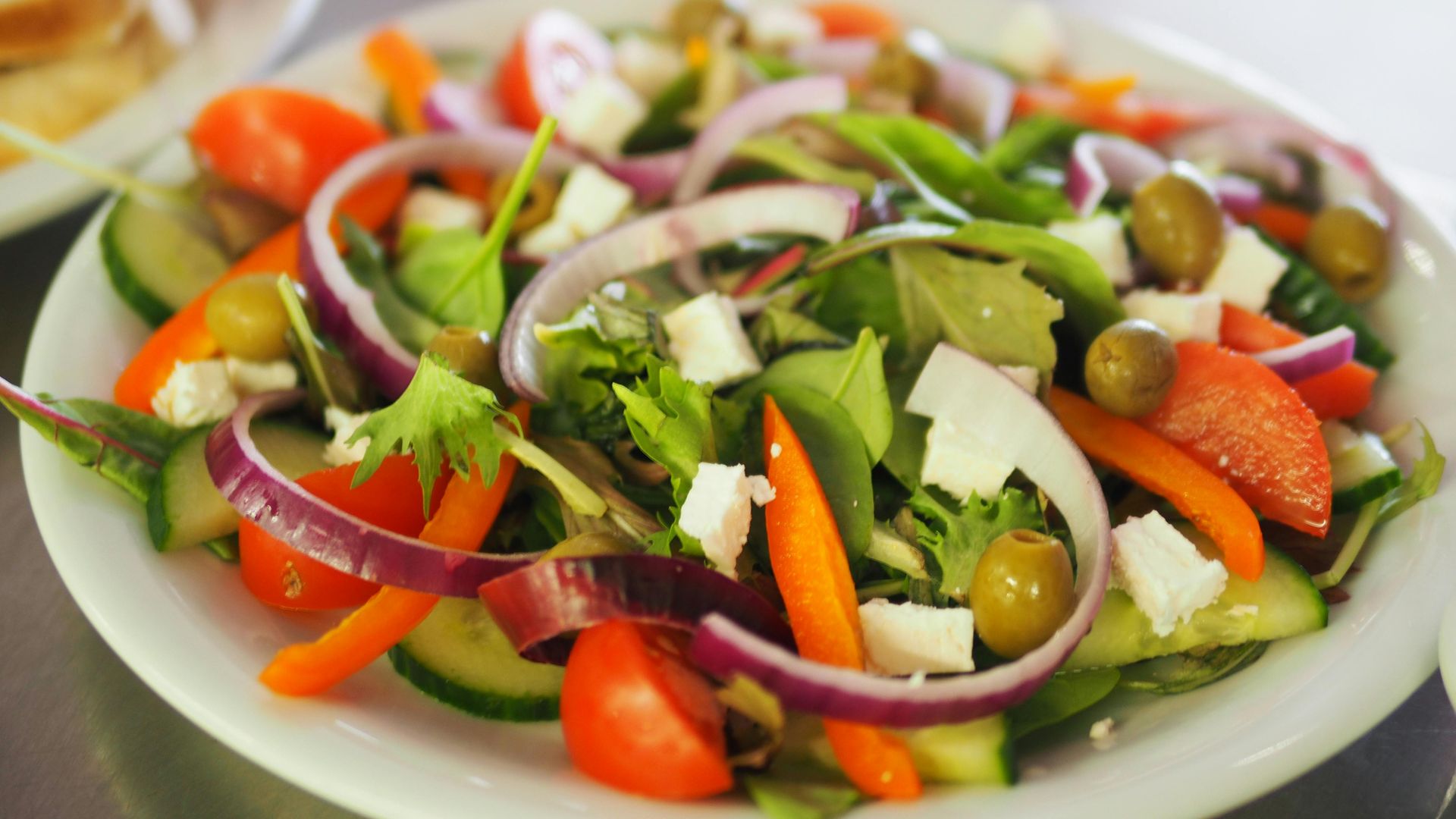Are All Fish Created Equal?
Are All Fish Created Equal?
No, not all fish are created equal in terms of nutrition. Sorry fish. But why are we talking about fish?
In addition to high-quality protein, vitamins and minerals, fish is a great source of healthy fats such as docosahexaenoic acid (DHA) that are essential for a child's developing brain, nervous system and vision. There’s also some research suggesting that consuming fish early in life may help prevent allergic diseases such as asthma and eczema. Plus, if you feed your child fish as a youngster, chances are they will continue to consume fish as an adult.
Your growing child should eat small servings of a variety of fish and shellfish about 2 times weekly.
What kind of fish is best for my child? The amount of mercury in fish and pollutants in the water are taken into consideration to determine 'healthy fish' options as below:
- Tuna. "Light" is best. The EPA and FDA rank canned light tuna (solid or chunk) to be among the "best choices" for children to eat, recommending 2-3 servings a week. "Light" tuna, which means it has a pinkish color, includes species such as skipjack. This is considered a better choice than white (albacore) and yellow fish tuna, although these are still considered "good choices," with 1 serving a week recommended.
- More good choices. Salmon, trout and herring are considered low in mercury and high in brain-boosting DHA. Other types of seafood considered "best choices" include shrimp, cod, catfish, crab, scallops, pollock, tilapia, whitefish, trout, perch, flounder, sole, sardine, anchovy, crawfish, clams, oyster, and lobster.
For more information as above, including what to avoid, please click here. Go Fish!











